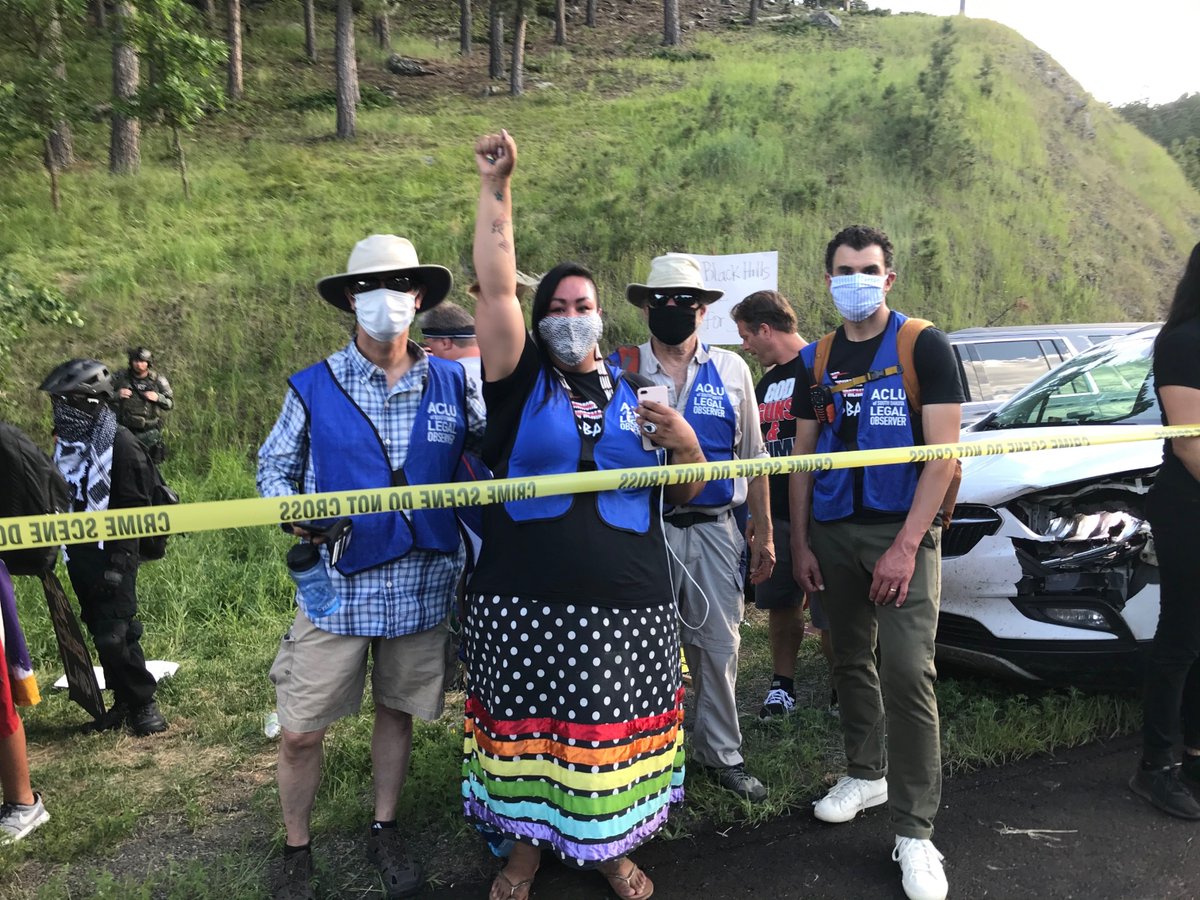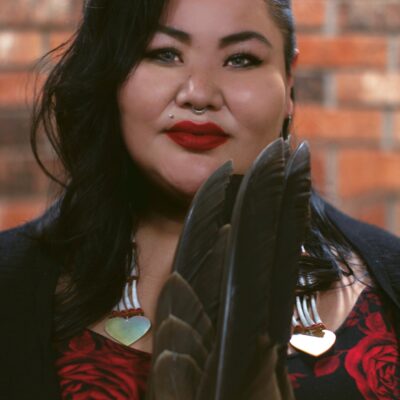The idea of “one person, one vote” is one of democracy’s greatest strengths.
At the voting booth, each person stands equal to the next, no matter what their background, no matter where they live, no matter how much money they make.
Our democracy is strongest when all voices are heard.
Key to preserving this democratic ideal is redistricting, or the redrawing of the districts that make up the legislative maps in South Dakota, a process that occurs every 10 years.
Redistricting is simple enough to grasp when you compare it to other things we replace every so often, like, say, an old car. When it just isn’t working like it used to or doesn’t meet your needs anymore, it’s time to think about getting a new model.
Similarly, redistricting should lead to new and improved electoral maps that reflect the growth and demographic changes that South Dakota communities undergo with time. Every 10 years, after the U.S. Census determines how our communities have expanded and contracted, the South Dakota Legislature gets the task of redrawing fair maps that are inclusive of everyone.
Except it doesn’t always quite work that way, because, unfortunately, redistricting isn’t as easy as buying a new car.
The process is often fraught with complications, like lack of transparency and self-interest. Unlike in some other states, where an independent redistricting commission redraws the electoral maps, South Dakota legislators redraw and approve their own districts. If that seems backward, it should — after all, shouldn’t voters be the ones who select their elected officials, and not the other way around?
When the redistricting process is done well, lines are drawn that represent all communities. But when done incorrectly or illegally, lines can be “gerrymandered” or manipulated in a way to dilute minority communities’ voting power.
That’s what happened in 2001 when South Dakota legislators drew a new map that lumped Native American voters living in the counties where Pine Ridge and Rosebud Indian reservations are located into a single district. If the state had drawn districts more fairly, Native Americans would have been a majority in two districts instead of a supermajority in only one.
So the ACLU sued on behalf of four Native American voters and, in 2002, a panel of federal judges ruled that packing the two reservations into one district like that disenfranchised Indigenous voters and violated Section 2 of the 1965 federal Voting Rights Act, which prohibits abridging the right to vote on account of race or ethnicity. South Dakota taxpayers had to pay nearly $30,000 in legal fees.
If every vote is to count equally, this can’t happen again.
Accountability is a central tool in keeping a democracy healthy, but community members – especially Indigenous community members – have to come together to keep elected officials in line with what we voted them into office to do. Legislators on the redistricting committee need to hear how important it is to you that they form districts that are compact and contiguous, that respect natural boundaries and that keep communities of interest together. Don’t let another 10 years pass, another process be forgotten, and more costly litigation happen before you get involved in how your vote counts in South Dakota.


